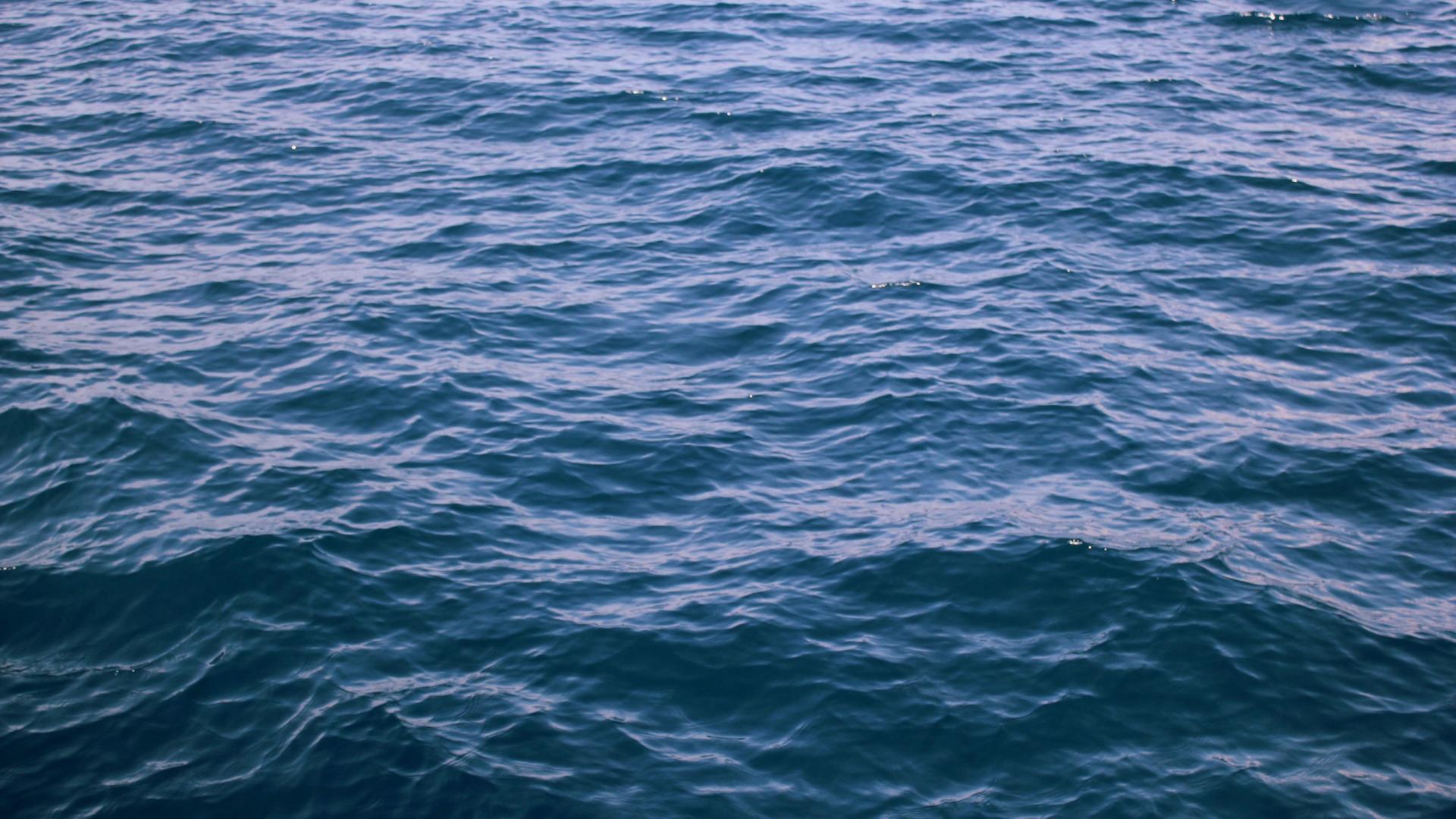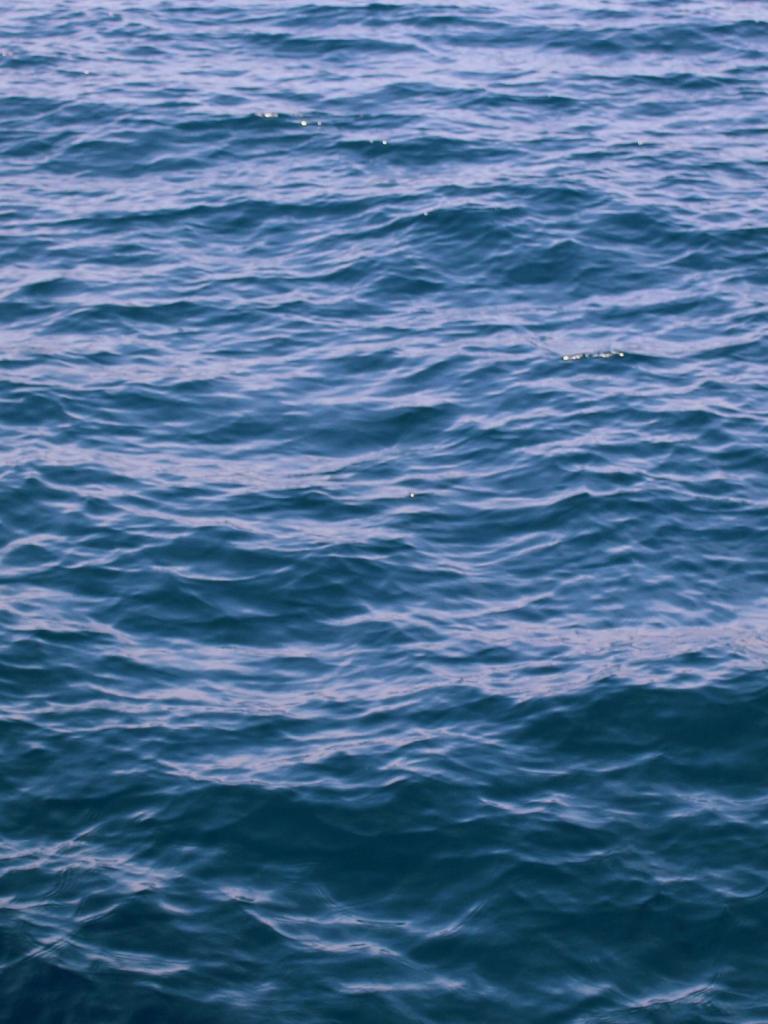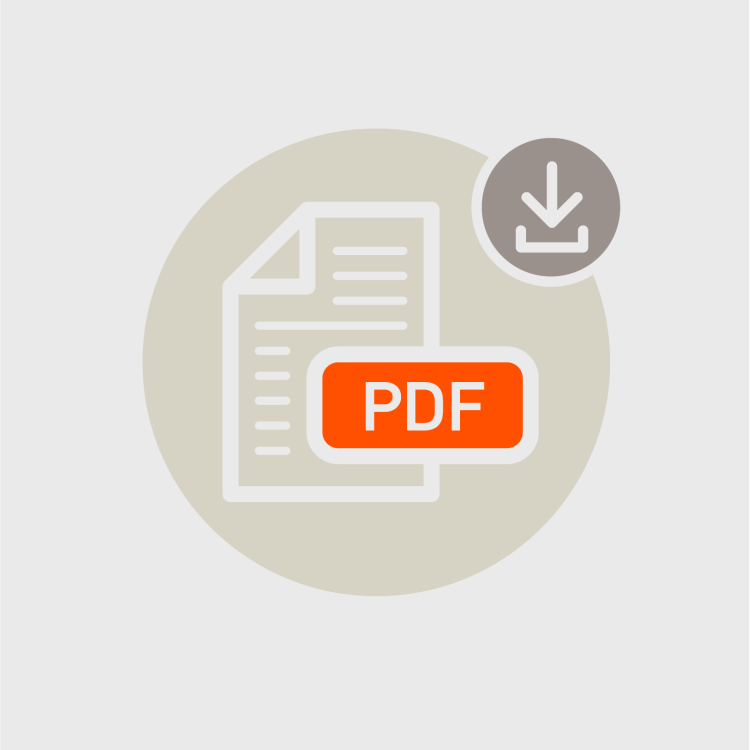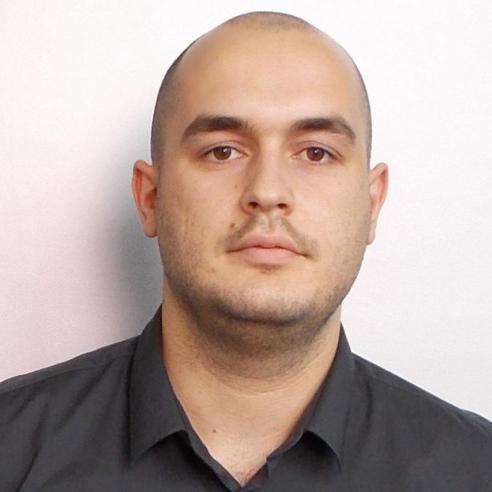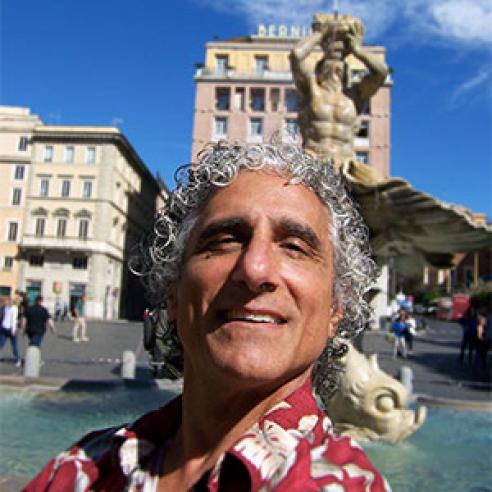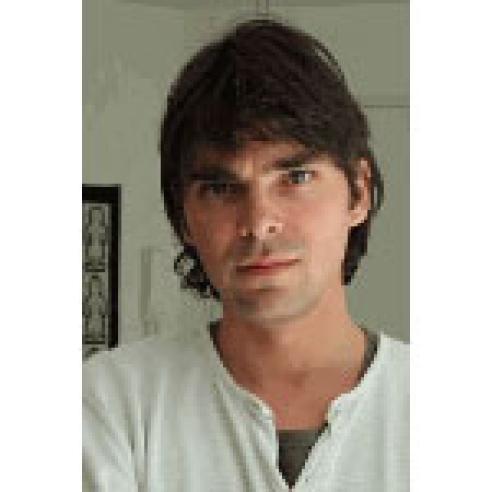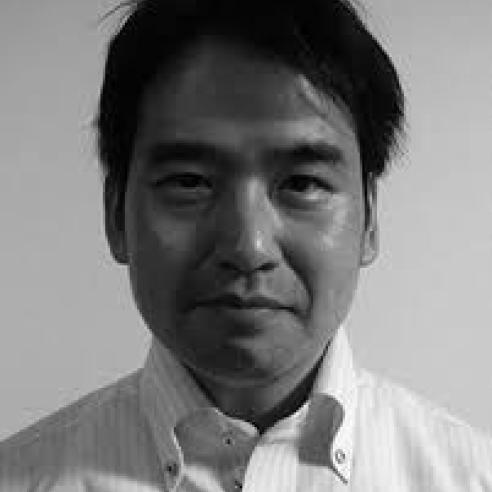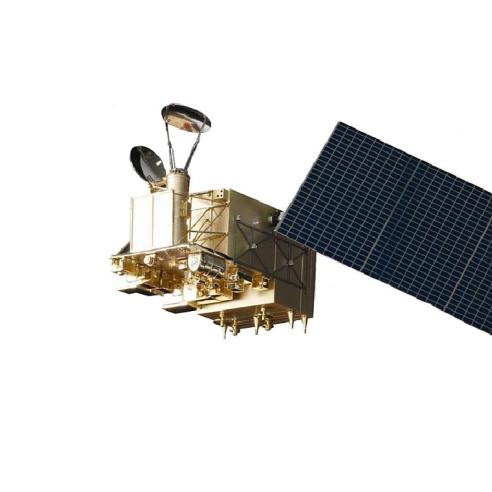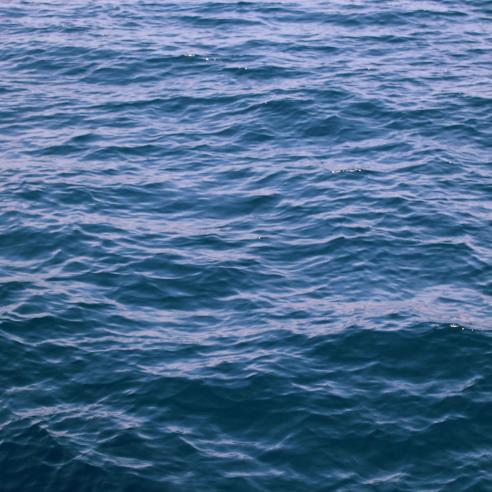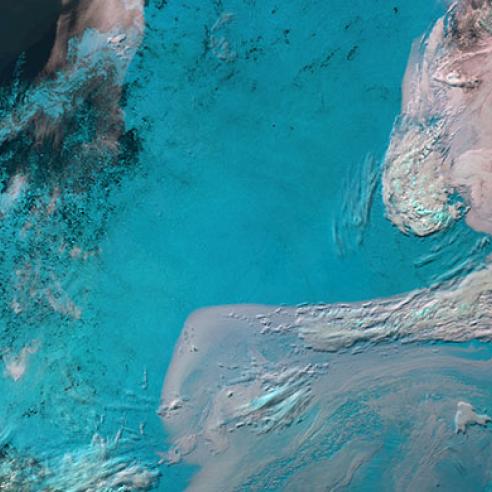30 May 2022
10 June 2016
The general circulation of the ocean is driven horizontally and vertically by two main mechanisms that are closely linked: wind-driven circulation and density-driven thermohaline circulation.
Measurements of ocean surface currents are essential to a large number of scientific and societal issues, and are essential to our understanding of ocean circulation at all time and space scales.
Satellites provide a wide range of data that can, in principle, be used to generate surface ocean current maps at different time and spatial scales, depending on the techniques used.
Radar scatterometers are designed to measure wind speed and direction from ocean radar backscatter, but these instruments were not designed for Doppler measurements. Therefore, new observation principles and data processing techniques must be developed and validated.
This presentation explains and illustrates these new observation principles and data processing techniques.
Dr Franco Fois
Dr Franco Fois received a Masters degree (with distinction) in electronics engineering from the University of Rome La Sapienza in 2003.
Since 2003, Dr Fois has worked as a microwave instrument engineer with a focus on radar sounders and synthetic aperture radars and in the Microwave Instrument Pre-Development. As a performance engineer, he has been involved in the preparation of several earth observation missions such as Metop-SG Scatterometer, Biomass, CoreH2O, Saocom-CS and Sentinel1-CS.
In 2015, he received his PhD degree from the Delft University of Technology from the chair of Atmospheric Remote Sensing. His emphasis was on Ocean Scatterometry, sea surface scattering theories and microwave sea surface Doppler signatures.
Since January 2016, he has been with Airbus Defence and Space as a System Engineer and scientist carrying out a number of studies on future Earth observation missions.
